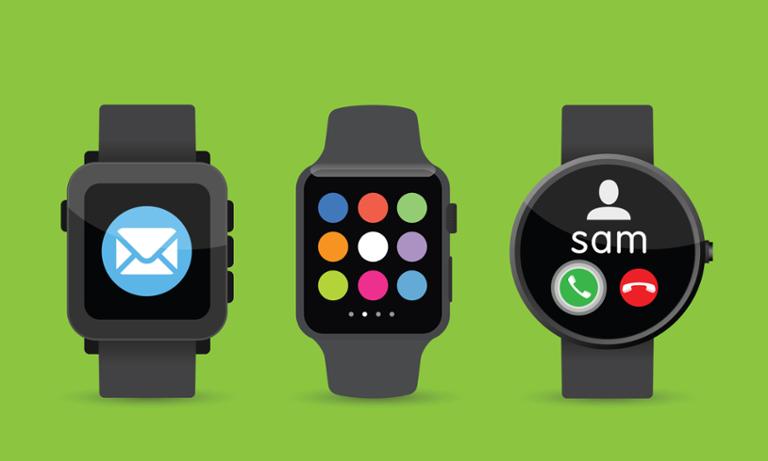Can Google's Wear OS Make a Comeback in 2019?
Earlier this month, watchmaker Fossil announced that Google would purchase around $40 million of intellectual property. Under the terms of that agreement, some Fossil employees joined the Google mothership. The nature of the intellectual property wasn’t publicly disclosed, although Fossil EVP Greg McKelvey told Wareable that it was “new to the market technology” and “a product that has features and benefits that aren’t in the category today.” Google will presumably integrate Fossil’s technology into Wear OS, its smartwatch operating system. For smartwatch aficionados and tech pros alike, that means one thing: Google is still serious about Wear OS, despite the platform lagging behind Apple Watch (powered by watchOS). Granted, $40 million isn’t a huge amount of money in the context of Google: Presumably, the intellectual property will provide the seed for a much larger research and development effort. But what’s the ultimate goal? Does Google want to compete with Apple on health features? Will it tackle fitness tracking, in an attempt to drink Fitbit’s milkshake? Or is it aiming to make hardware that represents the epitome of high fashion? Fossil isn’t a healthcare- or fitness-centric brand, so the intellectual property probably isn’t anything related to those areas; indeed, when you look at the Wear OS devices that Fossil already produces, they’re all sleek and stylish. Maybe Google intends to use its new purchase to give the broader Wear OS ecosystem a bit more fashionable sheen, although it’s difficult to tell quite yet. In late 2018, Google announced that all new Wear OS apps would need to undergo a mandatory review process, with an emphasis on apps supporting different screen sizes and watch types. In addition, the company wanted developers to manually deploy Android application packages to beta testers in order to test apps ahead of release. At the time, some pundits assumed that Google was cleaning up the Wear OS ecosystem ahead of the launch of a smartwatch line under its premium Pixel branding, but no such devices have appeared yet. For those developers just starting with Wear OS, check out Google’s extensive documentation and release notes. Whatever Google is up to, and whatever it drew from the Fossil acquisition, it’s clear that the company has no plans to abandon its smartwatch platform—and if it does something innovative enough in 2019 to pull in new customers, the platform could grow into an enticing one for third-party devs who like building smartwatch apps.



